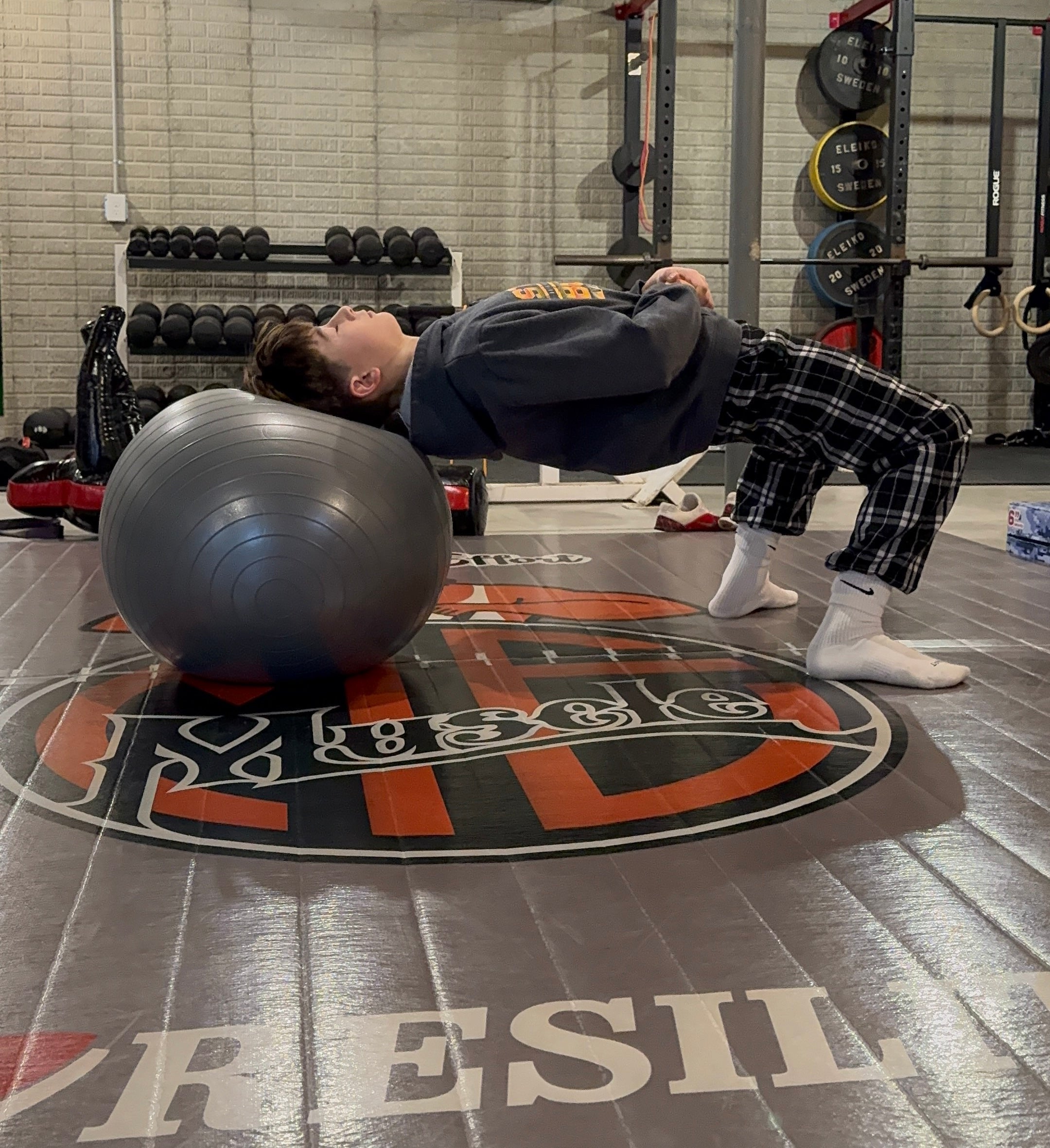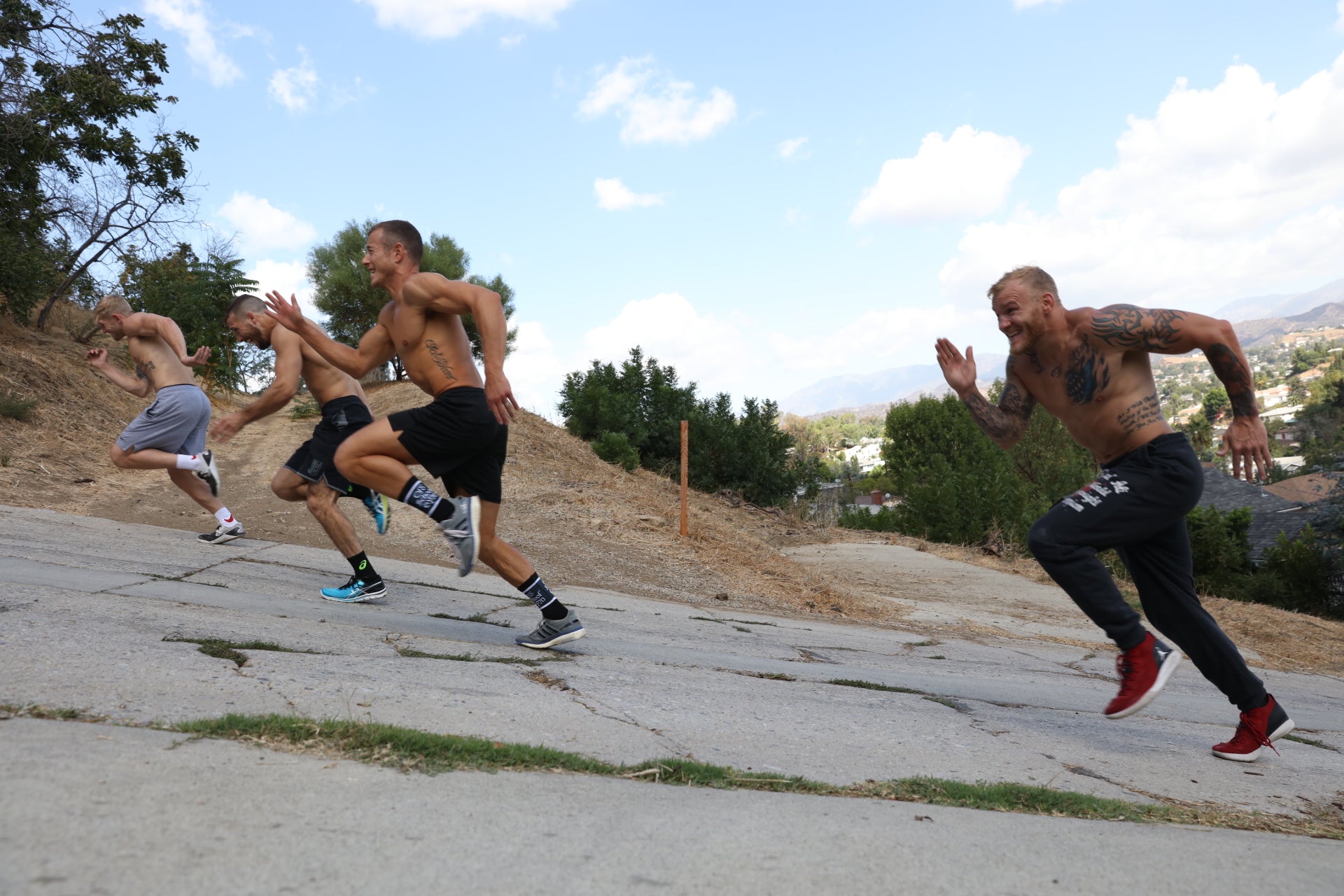Whether you’re adjusting to daylight saving time or crossing time zones on your latest adventure, changes to your internal clock can throw a wrench into your fitness routine. As fellow travelers know, maintaining workout consistency is challenging enough without the added hurdle of time shifts disrupting your sleep and energy levels.
But don’t worry—we’ve got practical strategies to help you stay on track, whether you’re springing forward, falling back, or jet-setting across the globe.
How Time Changes Affect Your Body’s Fitness Systems
Time adjustments impact more than just when you see the sun—they influence your entire body’s performance system:
Sleep Quality and Exercise Performance
The most immediate impact of time shifts is on your sleep quality. When you lose an hour during spring transitions or experience jet lag while traveling, your circadian rhythm gets disrupted, potentially causing:
- Decreased workout motivation
- Reduced exercise performance
- Slower recovery between workouts
- Changes in perceived exertion (workouts feel harder)
Research from the Sleep Foundation shows that even a single hour of sleep disruption can reduce physical performance by up to 10%, affecting everything from strength to endurance. The same research indicates it can take up to a week for the body to fully adjust to time changes, with many people experiencing disrupted sleep patterns and daytime fatigue throughout this adjustment period.
Energy and Metabolism Fluctuations
Time changes don’t just affect when you feel tired—they can temporarily alter your metabolism and digestion:
- Hunger cues may come at unexpected times
- Energy levels might peak at different hours
- Post-workout nutrition timing might feel off
These changes can be especially challenging when you’re staying in a hotel with limited food options or trying to maintain your fitness routine while exploring a new destination.
Traveler’s Guide to Fitness During Time Transitions
Whether you’re dealing with seasonal clock changes or crossing time zones, these strategies will help you maintain your fitness routine:
Adapt Your Sleep Schedule Strategically
When facing time changes during travel or seasonal shifts:
- Adjust gradually by shifting bedtime by 15-20 minutes each day before a major time change
- Use natural light exposure to help reset your body clock (morning sunlight helps wake up your system)
- Consider a short power nap (20 minutes) before afternoon workouts if energy dips
For travelers crossing multiple time zones, try the “2/3 rule”: adjust your schedule by 2-3 hours before departure toward your destination’s time zone to minimize disruption.
Flex Your Workout Timing and Intensity
Listen to your body and be willing to adjust:
- If morning workouts suddenly feel impossible after a time change, try shifting to midday or evening exercise
- Scale workout intensity based on how you feel—choose lighter activities when energy is low
- Focus on consistency over intensity during adjustment periods
Many hotel fitness centers offer 24-hour access, making it easier to work out when your body feels most energized, regardless of local time. Before your trip, check resources like the GymFactor details available on HotelGyms.com to verify fitness center hours and equipment—this information can help you choose accommodations that best support your workout needs during time transitions.
Leverage Hotel and Travel-Friendly Workouts
When adjusting to new time patterns:
- Try body weight circuits that require no equipment and can be done in your hotel room
- Incorporate active recovery options like walking tours of your destination
- Use shorter, more frequent workout sessions instead of one long session
Many travelers find that 15-20 minute high-intensity interval training (HIIT) sessions are perfect during time transitions—effective but not overwhelming when energy levels fluctuate. Fitness apps like Fitbod and Freeletics can be particularly helpful during these periods, as they can generate quick, targeted workouts based on your available time and the muscle groups you want to focus on. These apps adapt to hotel room or limited-equipment scenarios, making them ideal companions for maintaining fitness consistency despite time changes.
Nutrition Strategies for Time-Shifted Workouts
Fuel your body appropriately during adjustment periods:
- Stay hydrated—travel and time changes often lead to dehydration
- Focus on protein-rich snacks to support recovery when meal timing feels off
- Consider adjusting when you consume caffeine to align with your new schedule
When traveling, pack portable, nutrient-dense options like protein bars, nuts, and dried fruits to ensure you have quality fuel available regardless of local dining options or unusual hunger timing.
Using Time Changes as Fitness Opportunities
Instead of viewing time shifts as obstacles, consider them opportunities to refresh your routine:
- Explore your destination with morning runs to adapt to a new time zone while sightseeing
- Try hotel amenities you wouldn’t normally use at home (like swimming pools or specialty fitness classes)
- Use the disruption as a chance to break workout plateaus with new activities
Many travelers find that time changes provide the perfect opportunity to reset habits and try new approaches to fitness that they then incorporate into their regular routines back home.
The Traveler’s Takeaway
Time changes—whether from daylight saving adjustments or crossing time zones—don’t have to derail your fitness journey. By prioritizing sleep quality, being flexible with workout timing, choosing appropriate exercise intensities, and maintaining good nutrition, you can stay on track wherever your adventures take you.
Remember that adaptation is natural for frequent travelers. Your body becomes more resilient to time changes the more often you experience them, making it easier to maintain your fitness routine through future transitions.
Looking for specific hotel chains with the best fitness facilities for travelers? Check out HotelGyms.com to finding accommodations that support your wellness goals, no matter what time zone you’re exploring.







